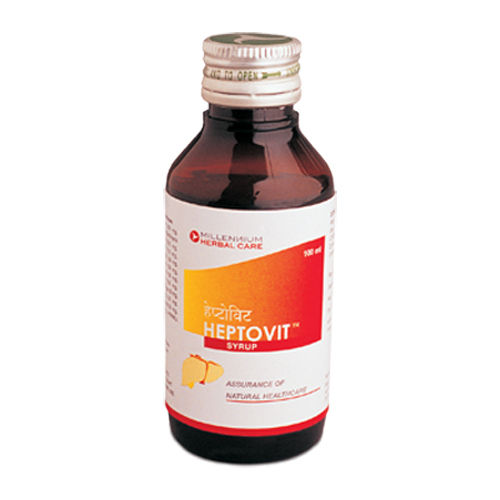
What are the symptoms of reflux and GERD in children? GERD is not as common up to 25% of children have symptoms of GERD. How common are reflux and GERD in children?

Medicines, such as certain asthma medicines, antihistamines (which treat allergies), pain relievers, sedatives (which help put people to sleep), and antidepressants.Increased pressure on the abdomen from being overweight or having obesity.A hiatal hernia, a condition in which the upper part of your stomach pushes upward into your chest through an opening in your diaphragm.In children who have reflux and GERD, this muscle becomes weak or relaxes when it shouldn't, and the stomach contents flow back into the esophagus. This muscle normally stays closed, so the stomach contents don't flow back into the esophagus. When your child swallows, this muscle relaxes to let food pass from the esophagus to the stomach. There is a muscle (the lower esophageal sphincter) that acts as a valve between the esophagus and stomach. If your child has reflux more than twice a week for a few weeks, it could be GERD. It is a more serious and long-lasting type of reflux. GERD stands for gastroesophageal reflux disease. Another name for reflux is gastroesophageal reflux (GER).

If your child has reflux, his or her stomach contents come back up into the esophagus.

The esophagus is the tube that carries food from your mouth to your stomach.


 0 kommentar(er)
0 kommentar(er)
